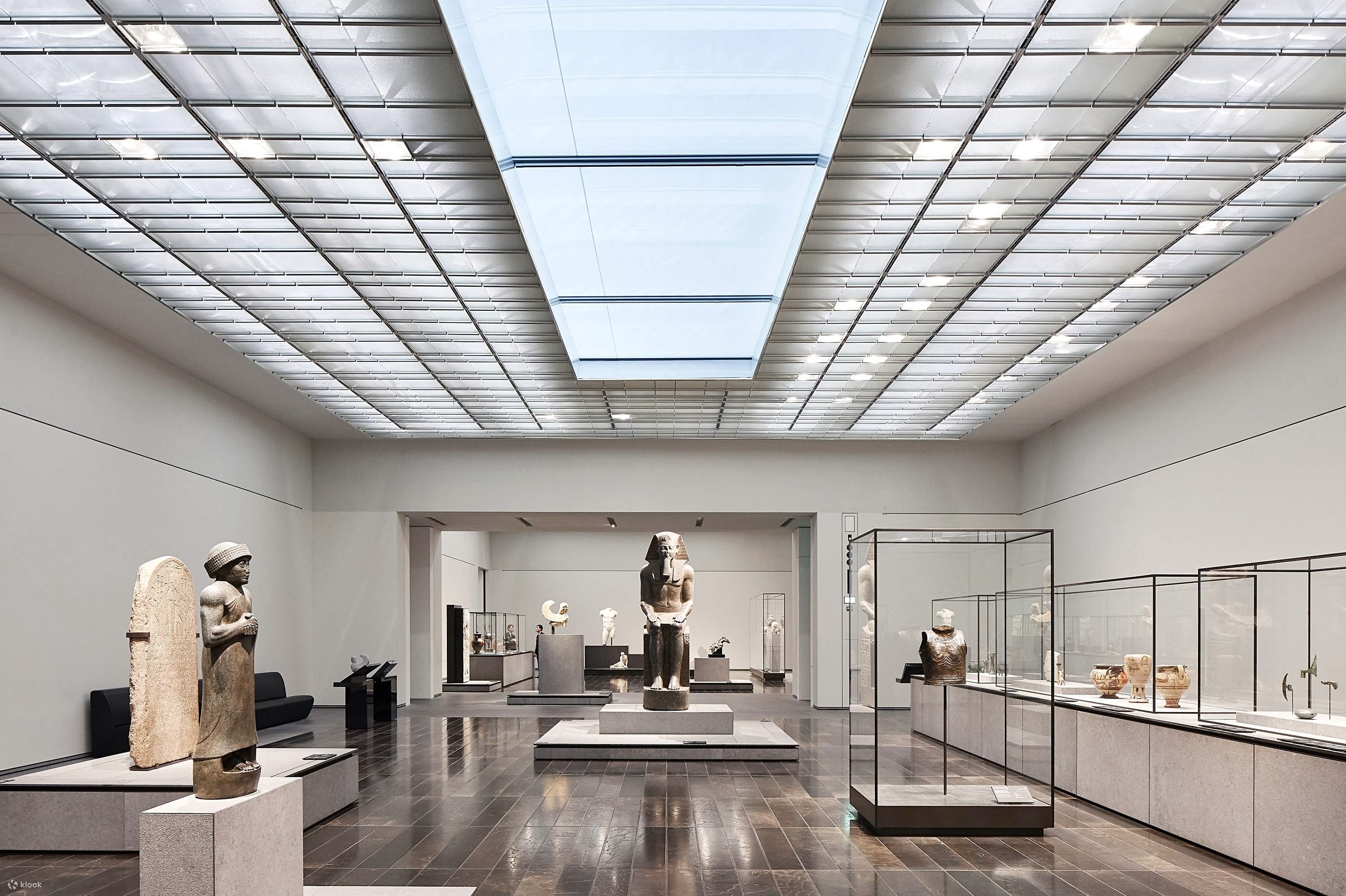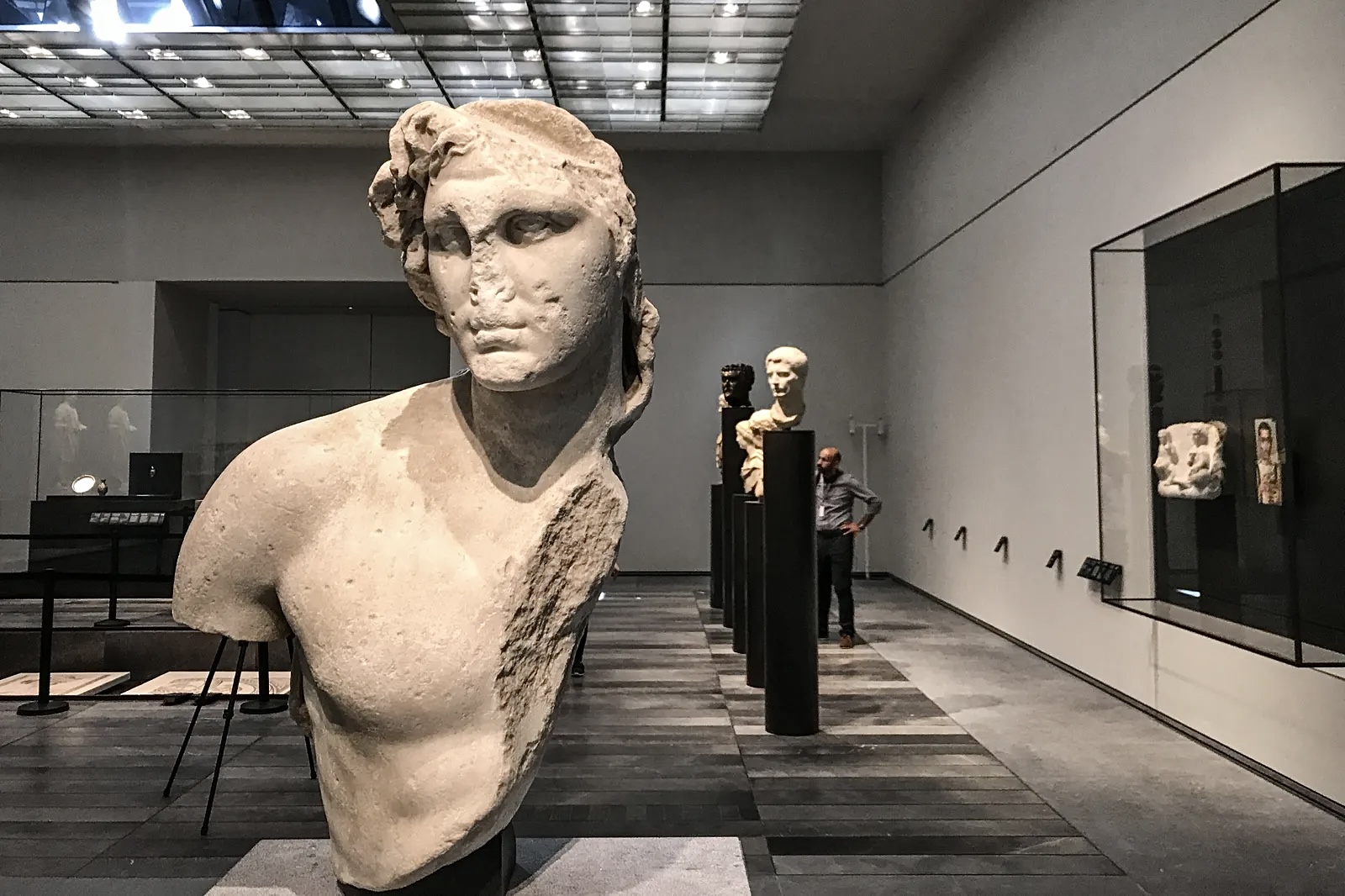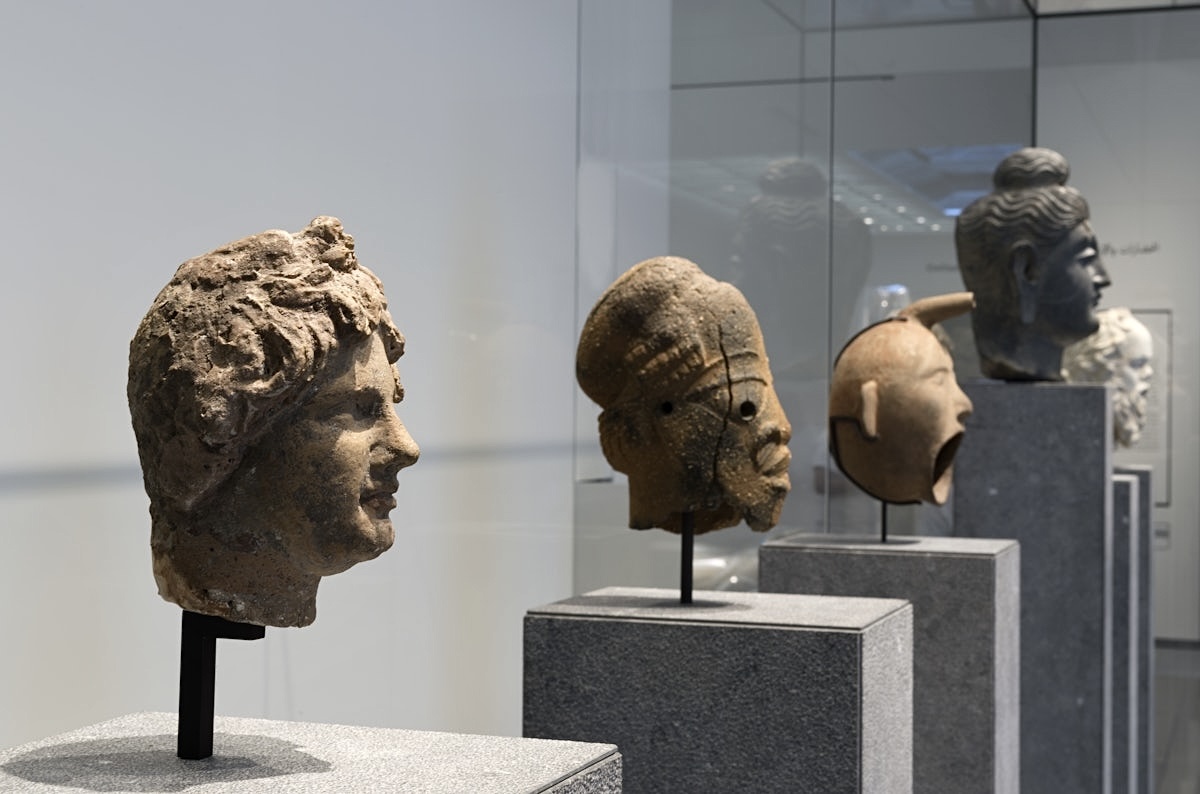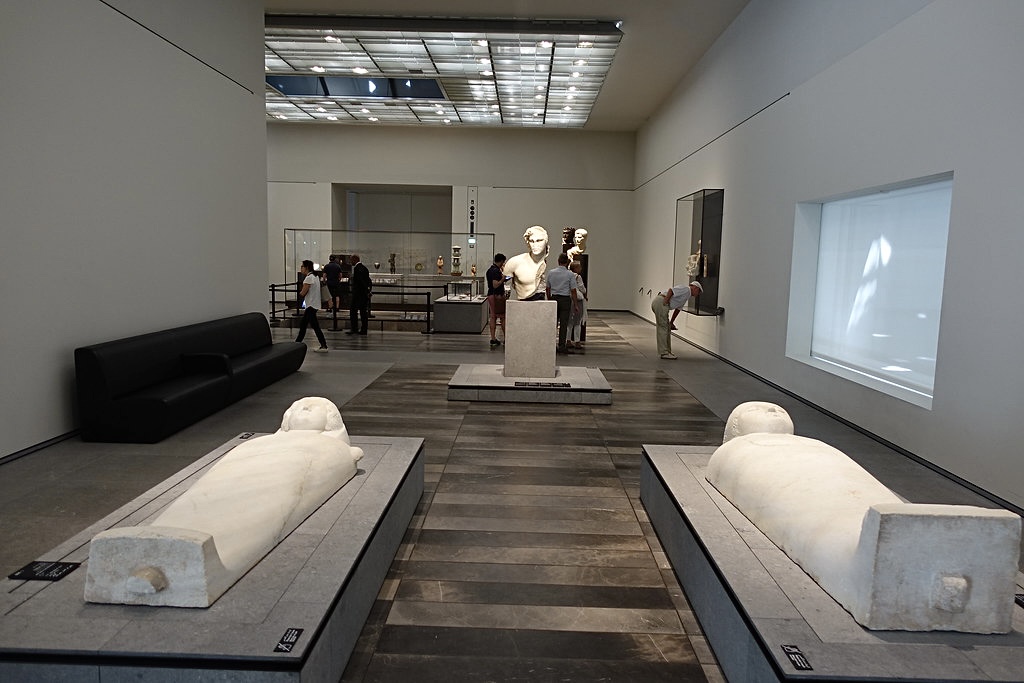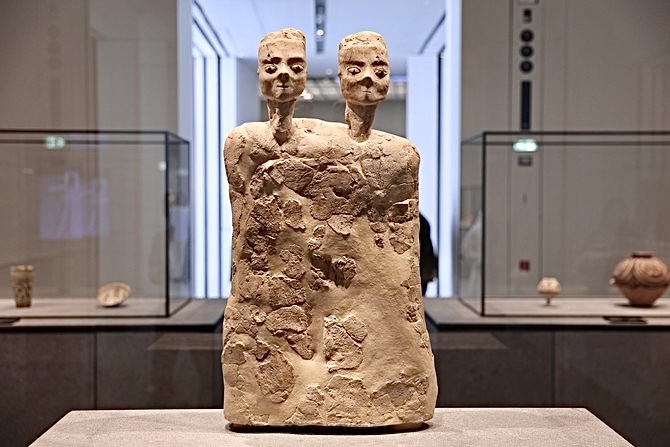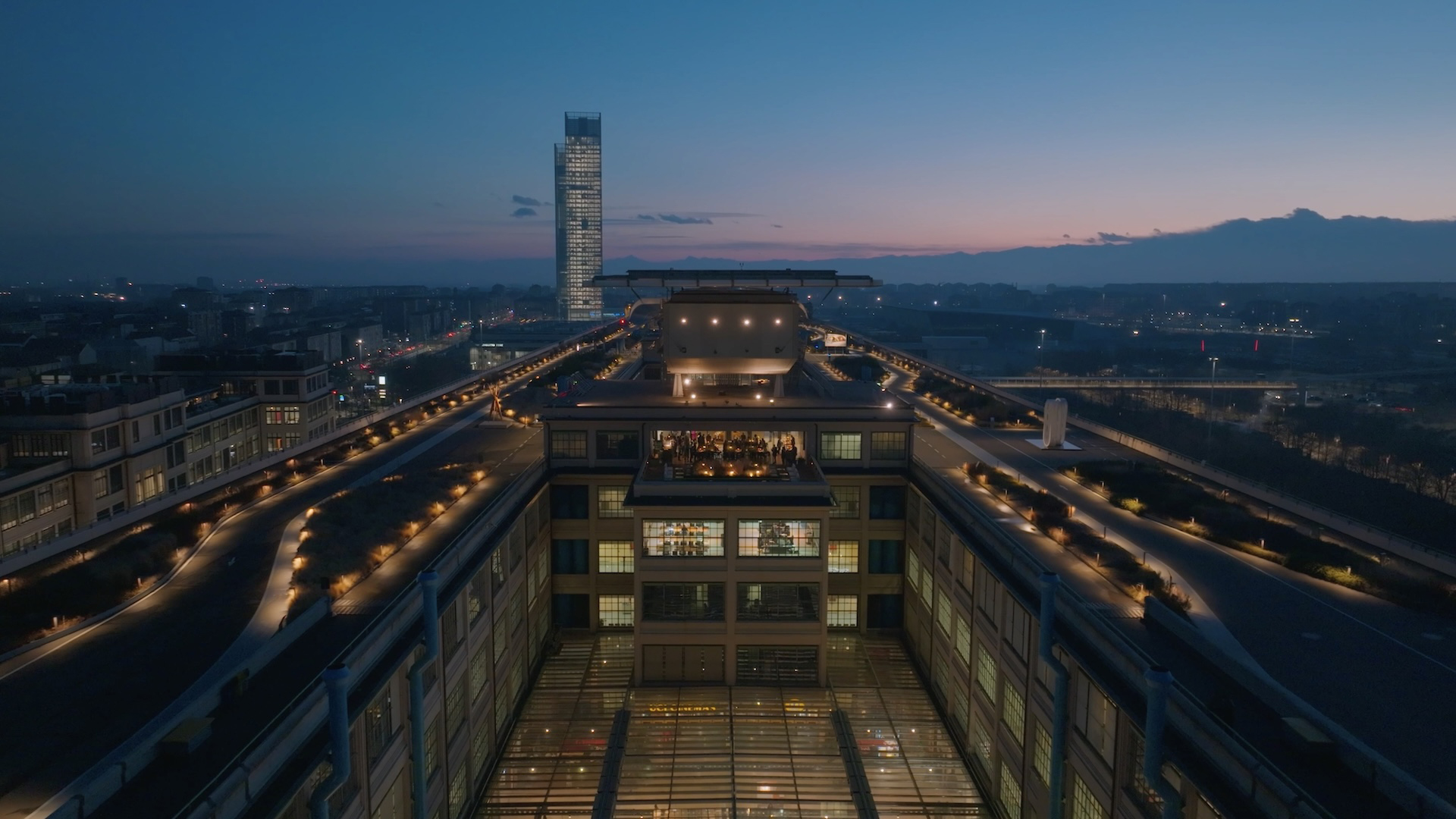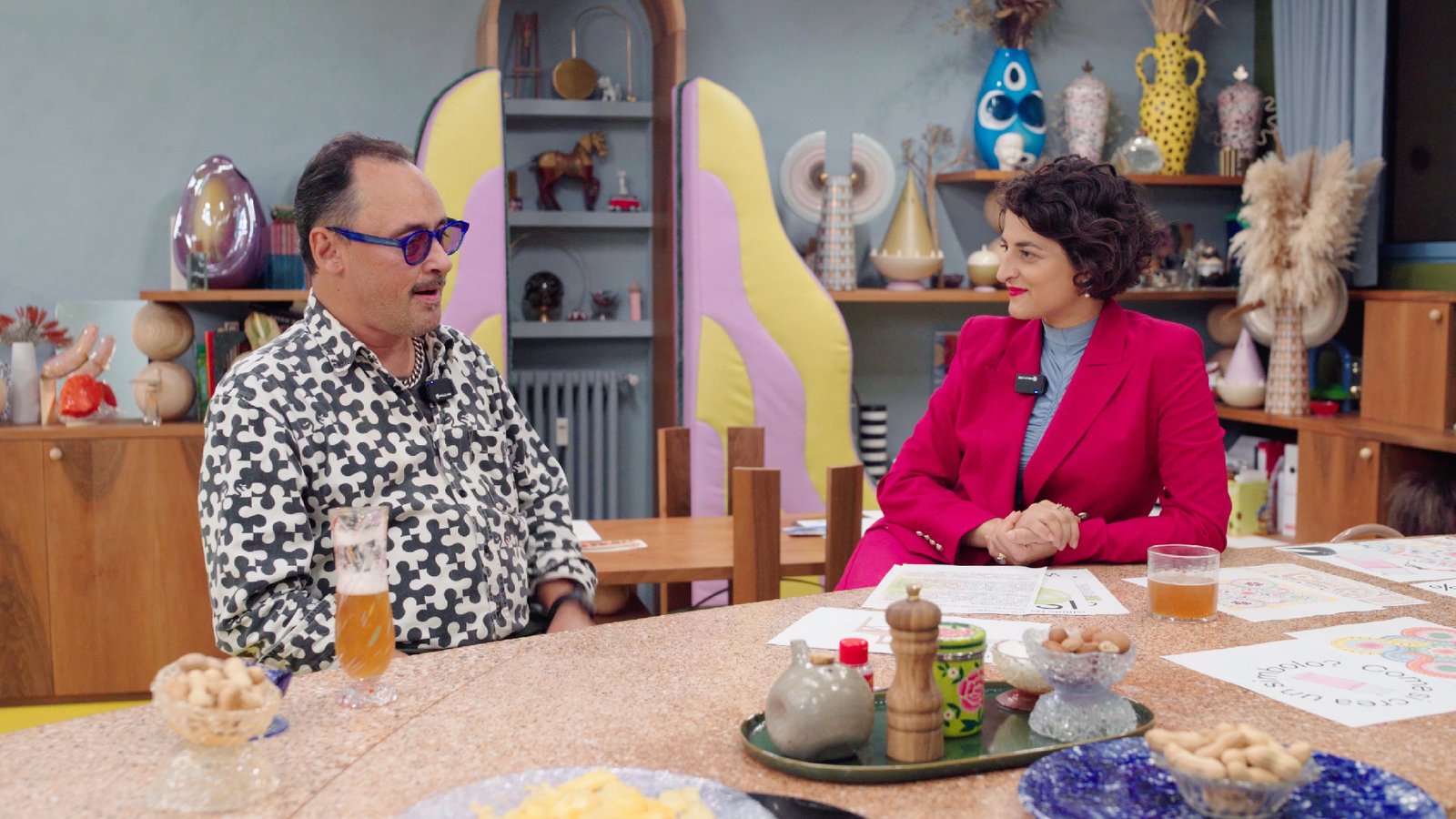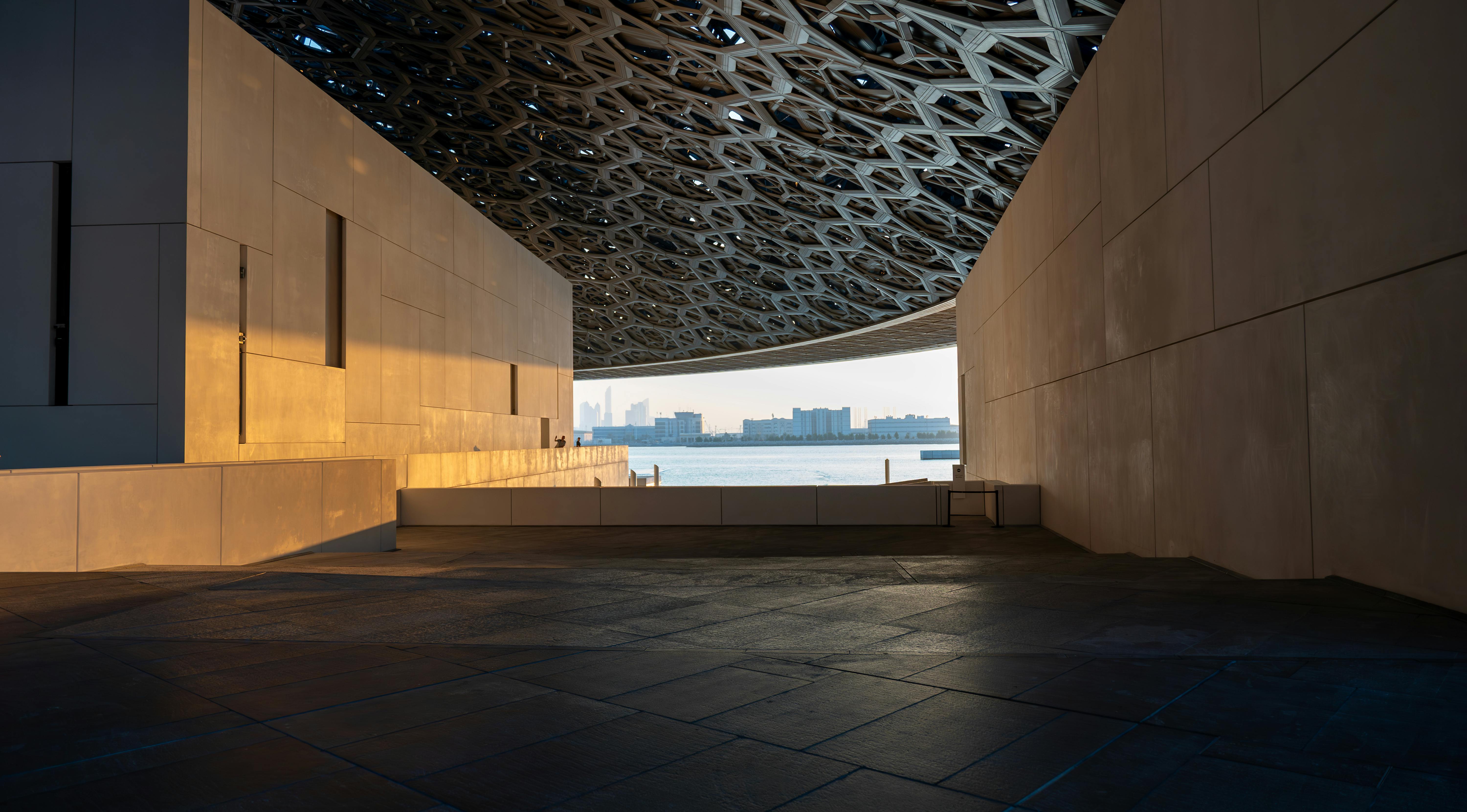
Louvre Abu Dhabi: When a Museum Becomes a Global Brand
The story of the museum born from a collaboration between the United Arab Emirates and France, reshaping the identity of the Louvre in Paris and global cultural strategies.
Have you ever wondered what the true role of a museum is in today’s society?
According to the International Council of Museums (ICOM), a museum is "a permanent, non-profit institution at the service of society that conducts research, collects, preserves, interprets, and exhibits tangible and intangible heritage."
This definition, updated in 2022, reflects the evolution of museums from mere custodians of objects to dynamic centers that promote diversity, sustainability, and inclusion. Cultural institutions are expected to operate ethically and professionally, engage communities, and offer educational experiences.
 Exterior view of the Louvre Abu Dhabi, UAE
Exterior view of the Louvre Abu Dhabi, UAE
Within this redefinition of roles, a new phenomenon is emerging: museums transforming into global brands, expanding beyond national borders to reach new audiences and markets. Art is becoming a tool of cultural diplomacy and soft power, with historic institutions forging strategic agreements with often "emerging" nations. A prime example of this trend is the Louvre Abu Dhabi, born from a collaboration between France and the United Arab Emirates.
The intergovernmental agreement, signed 18 years ago on March 6, 2007, established a 30-year partnership that includes the use of the "Louvre" name, for which Abu Dhabi invested approximately 400 million euros. This was complemented by loans of artworks from French collections, temporary exhibitions, and curatorial expertise, making the project a unique case in the global museum landscape. The total investment exceeded one billion euros, making it clear from the outset that the Louvre Abu Dhabi would not be a mere outpost of the renowned Parisian museum, but rather an autonomous institution poised to redefine the art scene in the Gulf region.
The architectural project was entrusted to Jean Nouvel, who designed a structure that harmonizes with its surroundings, blending elements of Arab tradition with contemporary design. Its imposing perforated dome, with a diameter of 180 meters and a light effect inspired by mashrabiya screens, quickly became an icon.
Located on Saadiyat Island, the Louvre Abu Dhabi spans 24,000 square meters and houses a collection that spans centuries and civilizations, offering a comprehensive narrative of art. It is not merely a Western museum transplanted elsewhere but a bridge between cultures, designed to engage a global audience.
Since its inauguration on November 8, 2017, it has become the first universal museum in the Arab world. Three years ago, it celebrated its fifth anniversary, further solidifying its position as an international artistic hub and strengthening its identity through strategic acquisitions and collaborations with major institutions. Its success reflects the broader investment in culture by the United Arab Emirates, which is actively diversifying its economy by focusing on art and creativity.
Against this backdrop, Abu Dhabi is striving to redefine its role in relation to nearby Dubai, known for its economic dynamism and events such as Art Dubai, which this year will take place from April 18 to 20, with previews on April 16 and 17. The Emirati capital is embracing a more institutional vision while still engaging with the market, as demonstrated by the newly established Abu Dhabi Art fair, held in November at Manarat Al Saadiyat. Here, international and local galleries converge in a setting that values both the art market and artistic production through commissions, site-specific projects, and a dialogue between collectors and emerging artists.
 Exterior view of the Louvre Abu Dhabi, under the Mashrabiya-inspired dome, UAE, photo credit: Yulia Pribytkova
Exterior view of the Louvre Abu Dhabi, under the Mashrabiya-inspired dome, UAE, photo credit: Yulia Pribytkova
The Louvre appears to be just the first piece of a much larger puzzle. Saadiyat Island, set to become the city's cultural district, will also host the Guggenheim Abu Dhabi, designed by Frank Gehry, which—after much anticipation—is expected to open this year. With an exhibition space nearly twice the size of the famed Guggenheim Bilbao, it will be the largest museum in the network and will further establish Abu Dhabi as a leading artistic center in the region.
This "creative" strategy is not exclusive to the UAE but is part of a broader trend: both Qatar and Saudi Arabia are making massive investments in culture. Doha, under the leadership of Sheikha Al Mayassa, has transformed into a major museum hub, while Riyadh is strengthening its position with ambitious projects like the Jeddah Islamic Arts Biennale. Art has become a tool for national identity, modernization, and global positioning, and the Louvre Abu Dhabi is the clearest testament to how the Middle East is redefining the world’s cultural geography.
In a fluid landscape where museums have become global brands and art intertwines with diplomacy and economic development, Abu Dhabi aims to be more than just a showcase of the past—it aspires to be a laboratory for the future. And while today, the Louvre on the shores of the Gulf stands as a symbol of this transformation, the future belongs to those who can create new spaces where creativity is both preserved and reinvented.
The golden hour at the Louvre Abu Dhabi, beneath the Mashrabiya-inspired dome, UAE. Photo credit: Muhammed Nasser.
A radio and television personality, digital content creator, writer for various newspapers and author of the book ‘Arte Queer. Corpi, segni, storie’ published by Rizzoli, Elisabetta Roncati has decided to combine a university business/management education and a passion for culture with a single goal: to bring people closer to art in a clear, easily understandable and professional manner. Interested in all forms of artistic and cultural expression, contemporary and otherwise, she has two great passions: non-European art and civil rights. In 2018 she founded the registered trademark Art Nomade Milan with which she is involved in digital dissemination on the main social media (Instagram and Tik Tok @artnomademilan).
